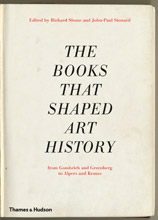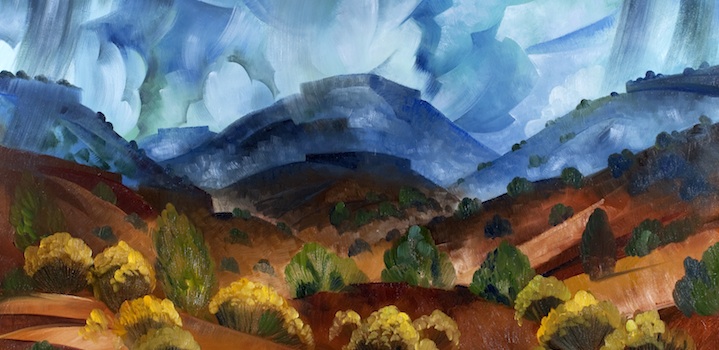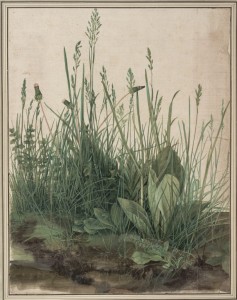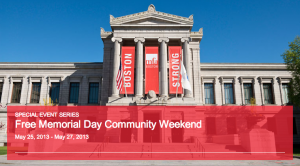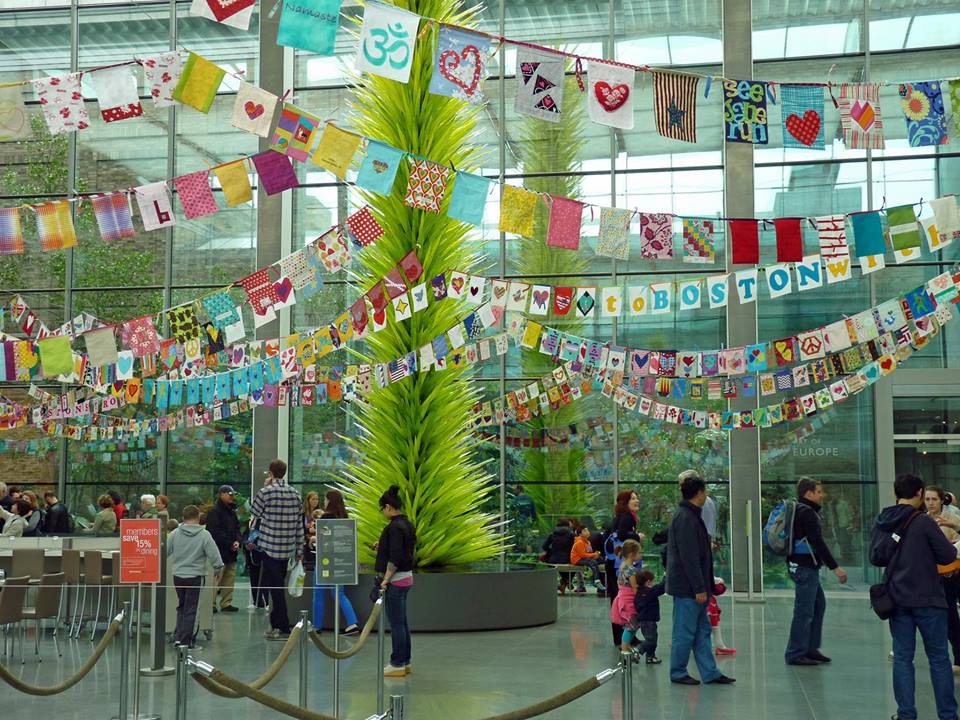Well, it was a bizarre day for Washington museums. First, late morning, the Smithsonian Institution killed the Hirshhorn Bubble — officially, as we all know that this has been coming for weeks if not months. (More about this in a minute.)
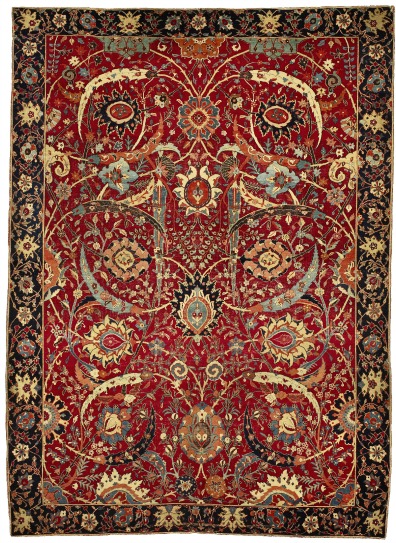 Then, this afternoon, the Corcoran laid an egg: The carpet it decided to deaccession, estimated by Sotheby’s to fetch $5- to $7 million, actually brought $33.8 million, including the buyer’s premium. The so-called “important and revered 17th century Clark Sickle-Leaf Carpet” set a new world auction record for any carpet “by a significant margin,” Sotheby’s said, and also establishes a new record for any Islamic work of art at auction. Indeed, that price was more than three times the previous record for any carpet, Sotheby’s expert Mary Jo Otsea, the auctioneer and the senior consultant, rugs & carpets, said in the press release.  It added: ‘ At least four bidders fought for over 10 minutes for the star lot.”
Then, this afternoon, the Corcoran laid an egg: The carpet it decided to deaccession, estimated by Sotheby’s to fetch $5- to $7 million, actually brought $33.8 million, including the buyer’s premium. The so-called “important and revered 17th century Clark Sickle-Leaf Carpet” set a new world auction record for any carpet “by a significant margin,” Sotheby’s said, and also establishes a new record for any Islamic work of art at auction. Indeed, that price was more than three times the previous record for any carpet, Sotheby’s expert Mary Jo Otsea, the auctioneer and the senior consultant, rugs & carpets, said in the press release.  It added: ‘ At least four bidders fought for over 10 minutes for the star lot.”
Corcoran trustees may be rejoicing at their windfall, but one has to ask, why again was the Corcoran selling a crown jewel? Another lot, btw, the The Lafões Carpet, also from Persia, was purchased for $4.6 million, against a pre-sale estimate of $800,000 to $1.2 million.
All told, the Corcoran was selling 25 carpets from the collection of William A. Clark, and every one of them sold. The grand total was $43.8 million. Now the Corcoran, despite the financial straits it is in, says it will use the money for its acquisitions fund, as directed by museum ethics rule. Sotheby’s did not identify the buyers, but chances are we will not see these carpets again in the public domain.
It’s too bad that some deal could not have been made to keep these carpets in the collection of a museum:Â The Textile Museum in D.C. is opening a new building in partnership with George Washington University next year, and that would have been a nice home.
Now, back to the Hirschhorn: As I wrote here in mid-March, director Richard Koshalek’s “dream of erecting an Inflatable Seasonal Structure at the Hirshhorn for programming and creating a culural think-tank, is all but dead” and that was a follow-up to a February post in which I said: “If I had to guess now, I’d say it’s over.” The board has been divided about this bubble for some time, as I related then.
Significantly, it was the Smithsonian, not the Hirshhorn, that made the announcement that it “will not move forward with plans for the Hirshhorn’s Seasonal Inflatable Structure, known as the Bubble.” Richard Kurin, the Under Secretary for History, Art, and Culture, put his name to it, but it was clearly Secretary Wayne Clough’s call. Here’s the party line:
The decision to suspend the project was made by Kurin and Smithsonian Secretary Wayne Clough following consultation with the Smithsonian Board of Regents, the Hirshhorn’s Board of Trustees, museum staff, art museum directors inside and outside the Smithsonian, budget officers and others. The Hirshhorn’s board met May 23 and was unable to reach consensus on the Bubble; it made no recommendation to the museum director about proceeding with or canceling the project.
“Without the full support of the museum’s board and the funding in place for the fabrication and a viable plan for the operation of the Bubble, we believe it is irresponsible to go forward,†said Kurin. “Architects, artists and Smithsonian staff have praised the bold vision of a temporary bubble-shaped structure on the Mall, but after four years of planning and fundraising, there was not enough funding to construct the Bubble and, more importantly, to sustain programming for years to come.â€
For once, when money spoke, it said the right thing. Although I did write about the idea dispassionately for The Wall Street Journal in 2010, I’ve always been a skeptic. Koshalek talked about his plans to create an “educational exchange” in the Bubble, in the belief that museums “have to curate the public spaces and educational programs as well as exhibitions.”
I think they have their hands full with the last two in that list. Well, not quite – museums should experiment, but starting a think tank, a cultural Davos, as Koshalek wanted, struck me as grandiose and not right for the Hirshhorn. Now what? It should go back to better execution of its main mission.
Oh, btw, Koshalek is leaving as of June 29, though he “will serve as an adviser to the Smithsonian until Aug. 31, advising on exhibitions, programming, acquisitions and curating public spaces.” Kurin appointed Kerry Brougher, the deputy director and chief curator of the museum, to be acting director starting June 30, while he leads “a nationwide search for a successor to Koshalek, who has served as Hirshhorn director since April 2009.”
Photo Credit: Courtesy of Sotheby’s

